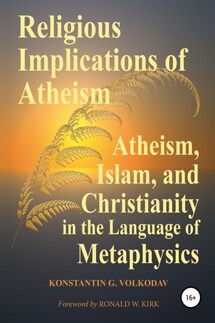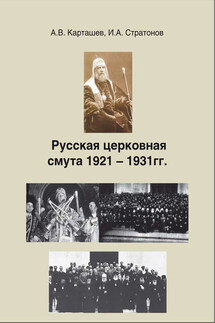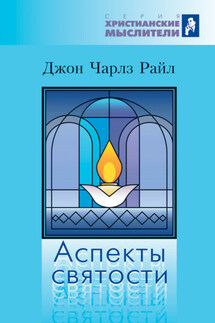Religious Implications of Atheism - страница 24
All these examples show that Christianity is not identical with religion, but when trying to separate one from the other, there is a risk of losing something essential and important. However, the revision of historical Christianity is necessary for the sake of purification from everything superficial, extraneous, and alien to it. The bottom of the ships is overgrown with mollusks, which increase the ship’s friction against water. Because of this, the ship loses speed and in vain spends fuel. In addition, fouling makes the ship heavier [42] and increases its draft. Therefore, ships are periodically docked, scratched, cleaned the bottom and painted. Something similar is required for Christianity.
For example, in the Orthodox Church, the revision of the liturgical texts is long overdue. Often, parishioners do not fully understand what they hear in worship, due to the archaic language. Some people like this situation, and they make their misunderstanding even sacred. And they are happy in their ignorance. If you make a translation and explain the meaning of these texts, then Christians will be horrified and will make a sad discovery: in two thousand years, the “church ship” has increased not only by a huge number of ballast, but in this ballast there is also a lot of heretical and alien to Christianity.
For example, many chants of the Byzantine era contain prayers for granting victory to the Emperor over the barbarians. Under the barbarians, the Byzantines understood all foreigners, including Slavs. And Byzantium repeatedly waged such wars, where Orthodox Christians fought against Orthodox Christians. It is tragic and completely contradicts the Gospel. And then the Byzantine Empire has been gone for almost six centuries, so there is no point in praying for the non-existent Emperor. However, in Greece, these chants have been mummified and repeat in our days in their unchanged form.
Moreover, almost all church hymns are written by monks. And this leaves an imprint on the way in which the hymns were written, to which saints preferences are given and what kind of relationship they preach. But the main problem is that a significant part of monasticism was clearly or latently influenced by the ideas of Neo-Platonism and Origenism. Therefore, in church hymns, attention is focused on Origenistic Ecclesiology. [43] Repeatedly the church councils condemned Origen, but his doctrine, to one degree or another, was revived again and again in monasticism.
In conclusion, let us note once again that the central “nerve” of Christianity is the sense of God’s presence. It depends not on education, not on theoretical knowledge, and not even on the number of fasts and prayers, but on whether a person opens up to God, or aspires to him with all the soul. The religious component in Christianity can be either beneficial or harmful. Therefore, each religious phenomenon must be considered separately.
Christianity is a Paradox that Transfigurate Religion
Many Christian theologians [44] have expressed the idea that “Christ is the end of religion,” “Christianity is not a religion,” “Christianity is a judgment on religion,” or something similar. However, when comparing Christianity and other religions, one can come to the conclusion that Christianity is a paradox that is above religion and transfigurate religion.






